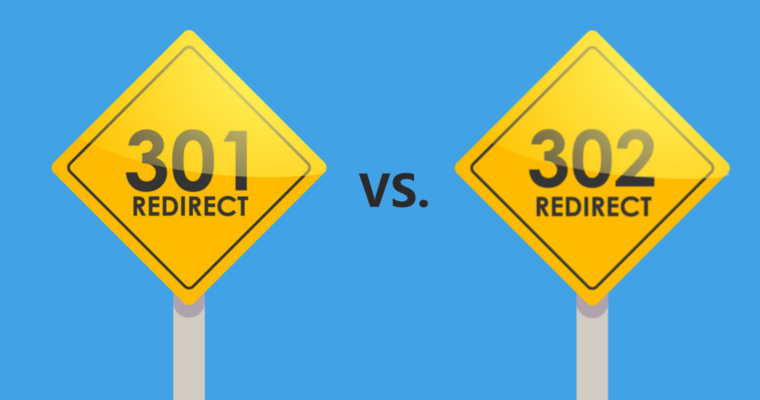For years, the debate between 301 and 302 redirects has raged within the SEO community. While there is no definitive answer to this question, understanding its differences can help you decide which type of redirect works best for your site and page.
301 redirects are usually the best solution in most cases. They signal a permanent content change and direct search engines to pass along authority and relevance signals to the new URL. Essentially, this means Google will index your new URL and consolidate link signals towards it in order to boost your ranking.
Although 301 redirects are usually employed for domain migrations or major website upgrades, they can also be beneficial when renovating outdated web pages. When using 301 redirects, make sure the old and new pages are congruent with one another for optimal user experience.
As you may have observed, when visiting a URL the server typically sends your browser the HTTP status code 200-OK. This indicates an established HTTP connection.
Also Read: Alienware Aurora 2019: All You Need To Know About
HTTP status codes come in many forms, but the most commonly known is the 301 status code. This indicates that a website has permanently moved and the new URL should be considered the primary and authoritative version.
However, there are occasions when using a 302 redirect is appropriate. A 302 redirect may be employed when the website needs to be temporarily down for maintenance or collecting feedback from visitors.
When a page is offline, it is preferable to use a 302 redirect instead of a 301 redirect as this prevents the value of the old page from being passed onto its successor. Website owners who have broken pages often opt for this type of solution in order to keep their site online and avoid losing valuable rankings or traffic.
Though 302 redirects are generally simpler and faster to set up than 301 redirects, they may still have negative repercussions for your website’s SEO performance. This is because old 302 redirects may deteriorate the quality of links you receive from search engine indexers, leading to lower search engine rankings in the long run.
Unattended 302 redirects can result in higher rankings for the original page than its redirected one if left unattended for an extended period of time.
Therefore, it’s essential to verify your 301 redirect is correct. Not only will this improve your site’s SEO performance, but it also guarantees visitors have a great user experience when they land on your new page.
If you’re uncertain whether to use a 301 or 302 redirect, consulting an SEO professional is always recommended. They will know which type of redirect works best in each situation and help prevent mistakes that could negatively affect your site’s search engine performance in the future.



